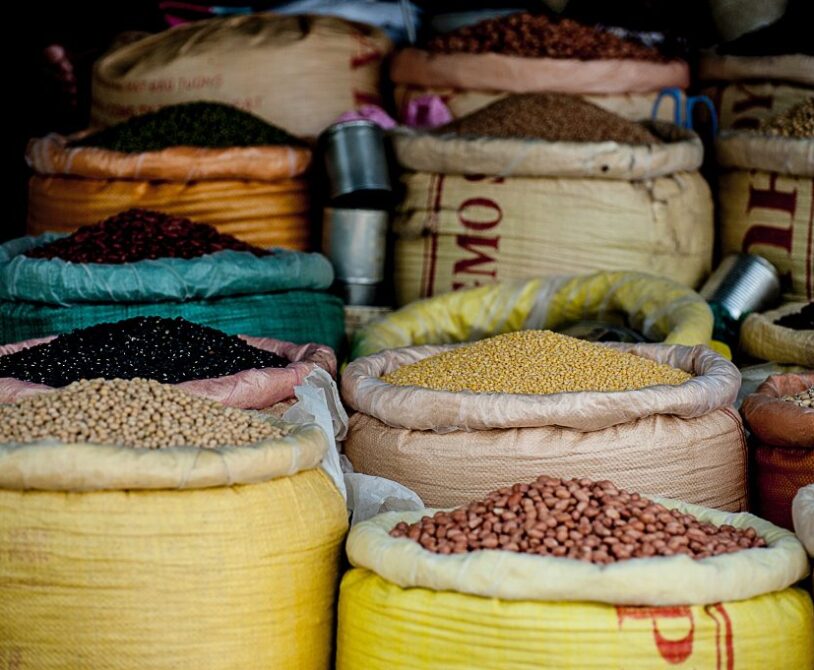In addition to livestock feed shortage, free grazing contributes more for soil erosion and land degradation. Zero grazing or stall feeding is one of the feeding systems that prevent the above problem. The main objective of the study was to assess farmers’ perception on the disadvantages of free grazing and to assess farmers’ perception on the advantages of zero grazing of livestock.
The study was conducted in the selected Watersheds of West Gojjam Zone, Amhara Region. A total of 200 households were selected for interview by using systematic random sampling technique. Data analysis was done by using descriptive statistics of mean, mode, standard deviation and frequency. Inferential analysis of independent sample t-test and chi-squared tests were done to test mean and occurrence comparison among adopter and non-adopter farmers of zero grazing system.
Likert scale was used to scale and quantify the level of farmer’s perception. The research result revealed that there is a good understanding and perception on the disadvantages of free grazing and the advantages of zero grazing. There are also challenges of zero grazing implementation which were shortage of land for private grazing and feed production and shortage of animal power source for crop production. On the other hand the Watershed development created an opportunities for the production of improved feed at different niches, government focus on the cross breeding, experience of livestock sharing and availability of ground water. Adoption of zero grazing can be successful without any enforcement mechanism, by increasing training and awareness creation works on the zero grazing, increasing forage and water availability, improving local livestock breed and increasing farm mechanization for crop production should be planned and implemented.



